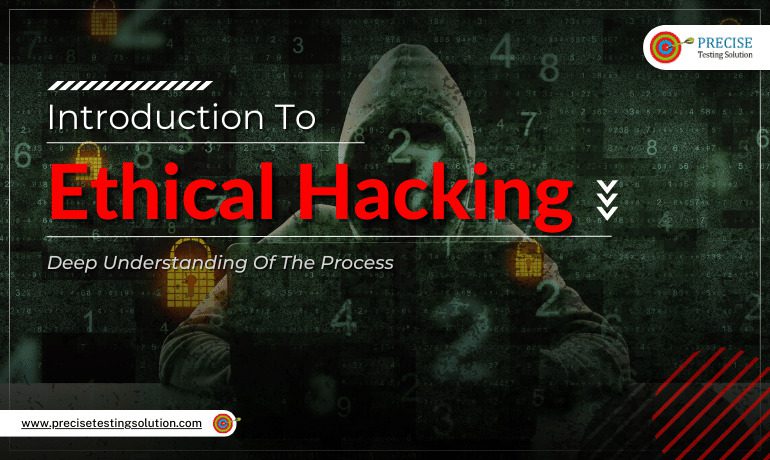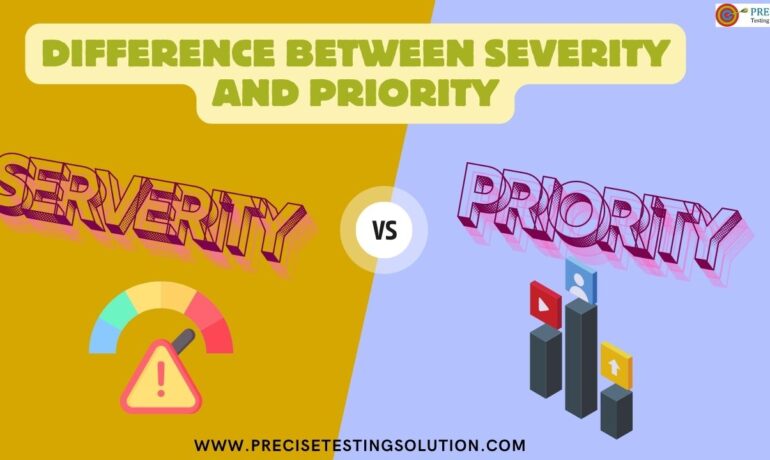What is Ethical Hacking, and how does it work?
In this blog post, we will discuss in depth about the concept of ethical hacking, the different forms of ethical hacking, the various stages of ethical hacking, the different types of hackers, the numerous responsibilities of an ethical hacker and the benefits of conducting ethical hacking.
The Concept of Ethical Hacking
- Technically speaking, ethical hacking is the process of getting around or breaking the security safeguards put in place by a system to identify weaknesses, data breaches, and possible dangers. When we discuss ethical hacking, it is implicitly meant that we are discussing hacking that is motivated by moral or ethical principles and is done with good will.
- Any type of hacking that has the owner of the victim system’s permission is referred to as ethical hacking. The process of actively implementing security measures to protect systems against hackers with nefarious motives regarding data privacy may also be referred to.
- If the local or corporate cyber laws/rules are adhered to, it is only considered ethical. Penetration testing is another name of this profession. This allows the security team of the organization to apply a security patch in the system and effectively eliminate an opening for the attacker to enter the system or execute a hack.
The Different Forms of Ethical Hacking
Following are some of the forms of ethical hacking:
- Web Application Hacking: Using the product’s built-in browser, tampering with the URI, or working with HTTP features not stored in the URI are all examples of web application hacking, which is the act of attacking software through HTTP.
- System Hacking: Through the use of a network, hackers may access personal computers. IT security professionals can utilize packet sniffing, privilege escalation, password cracking, and other defensive techniques to counter against these threats.
- Web Server Hacking: In order to steal sensitive or confidential passwords, passcodes, and corporate information from the web application, attackers employ social engineering attacks and other techniques like port scans, sniffing attacks, and gluing etc.
- Wireless Network Hacking: As wireless networks use radio waves to convey information, a hacker may simply access the system from either a position close by. These hackers frequently employ attacking techniques like network sniffing to get the identifier via a wireless network.

The Different Stages of Ethical Hacking
Any complex ethical hacking procedure involves a number of stages. Let’s discuss them one by one.
- Reconnaissance: It is the process of learning about the target system in advance of carrying out any hack. The main goal of this stage is to design a hack using the precise technology and security precautions used by the target system.
- Scanning: Most of our gadgets are networked, whether they are at home or at a workplace. Wi-Fi or WLAN is the most popular variation of this network. Because of this, a hacker may concentrate on breaking into the target host’s network. The network topology and susceptible ports are exposed during this procedure.
- Getting The Access: The information gathering process is completed with the two stages mentioned above. In this stage, the target system is accessed via bypassing security measures or cracking the password.
- Maintaining The Access: The next step after getting access is to keep it, which may be done using a backdoor attack, which involves hacking the target system to grant access in the future. The target system could update its security patch or change its security settings if we don’t leave a backdoor, forcing us to perform or build the hack once more.
- Leaving No Trace: Finally, after completing the attack or hack, it’s critical to get rid of any evidence of our intrusion. In order to prevent the attack from being linked to us or discovered in the first place, we must remove any backdoors, executables, or logs in this stage.
The Responsibilities of an Ethical Hacker
Following are the responsibilities of a Certified Ethical Hacker:
- Meeting with the client to discuss the security measures.
- Examining the system, network structure, and weak areas for the organization.
- Performing system’s penetration testing.
- Locating and recording security holes and weaknesses.
- Evaluating the network’s security level.
- Determining the best security options.
- Making reports on penetration tests.
- Doing penetration testing after putting new or proposed security measures in place.
- Identifying replacements for ineffective security features.
The Benefits of Ethical Hacking
Following are the benefits of conducting ethical hacking:
- Ensuring security settings, privilege levels, and database administration by testing exploits.
- Preventing interception of data communication channels.
- Ensuring application security features that safeguard corporate and user datasets.
- Protection against denial-of-service attacks.
Conclusion
In conclusion, it can be said that we presently live in a digital age when nearly everything is online and connected to the Internet. It is undoubtedly easier to keep everything digital, but there are some drawbacks to this concept as well. In terms of computer technology, hacking is one of the main drawbacks, and to counter this issue. Hence, the domain of ethical hacking or penetration testing has emerged as a solution.
For more information, Visit Our Website at www.precisetestingsolution.com
or call our office @ 0120-3683602
or you can send us an email at [email protected]
We look forward to helping your business grow.
A Guide to Determining Severity Vs Priority Levels
In any project, especially in software development, bug tracking
What Is Pharming? A Comprehensive Guide to Protection and Prevention
What Is Pharming in Cybersecurity? Pharming is a sophisticated


